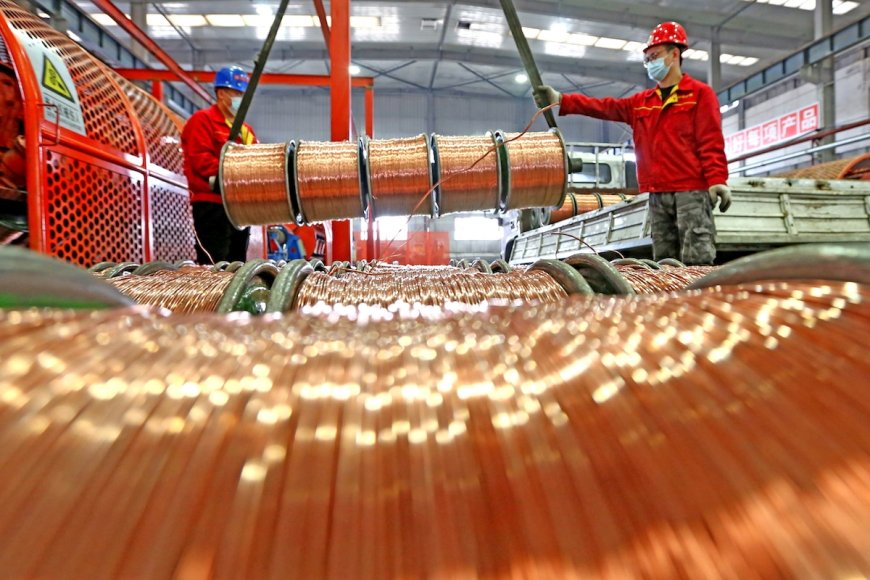IEA Warns of Potential Shortages of Copper as Demand Increases For Renewables
A recent report from the International Energy Agency (IEA) has predicted that demand will outpace supply for copper and lithium over the next 10 years as these critical minerals face higher demand for the green energy transition. The Global Critical Minerals Outlook 2025 report has predicted rapidly scaling demand for copper could potentially lead to […] The post IEA Warns of Potential Shortages of Copper as Demand Increases For Renewables appeared first on EcoWatch.

A recent report from the International Energy Agency (IEA) has predicted that demand will outpace supply for copper and lithium over the next 10 years as these critical minerals face higher demand for the green energy transition.
The Global Critical Minerals Outlook 2025 report has predicted rapidly scaling demand for copper could potentially lead to shortages. The agency projected a 30% supply shortfall for copper by 2035.
Although both copper and lithium were listed as at risk of facing shortfalls, IEA noted that there are greater opportunities for more lithium projects compared to copper.
Some reasons for this shortfall for copper include declining ore grades, increasing costs and fewer resource discoveries, as well as a lack of diversification in mining sources and the long amount of time it takes between mining the ore and producing copper. As The Guardian reported, it takes an average of 17 years from the time a deposit is discovered to the time copper is produced.
Lack of diversification is a particular issue not just for copper but across the board for critical minerals such as cobalt, lithium, nickel and graphite. According to the report, the average market share of the top three producers of critical minerals increased to 86% last year, up from 82% in 2020.
But even with the top areas producing enough minerals to currently meet demand, the report warned that anything from market trends to extreme weather could severely impact supply when it is so heavily concentrated in few areas.
“Even in a well-supplied market, critical mineral supply chains can be highly vulnerable to supply shocks, be they from extreme weather, a technical failure or trade disruptions,” IEA Executive Director Fatih Birol said in a statement. “The impact of a supply shock can be far-reaching, bringing higher prices for consumers and reducing industrial competitiveness.”
These risks will need to be addressed to adequately meet the continuously increasing demand for critical minerals. According to the report, lithium demand increased nearly 30% in 2024, far beyond the projected 10% annual growth rate. As Reuters reported, copper demand is anticipated to grow by an average 1 million metric tons per year through 2035, doubling the average volume growth seen over the past 15 years.
Shortfalls are not guaranteed, though, especially if governments take action quickly. To minimize supply disruption risks, IEA noted that governmental policies, including price stabilization schemes, as well as partnerships, international collaboration and innovative technology in mining, recycling and alternative battery solutions will all be essential.
“This new analysis reviews what is at stake and what needs to be done to improve the resilience and diversity of critical mineral supply chains – a key concern for ensuring the reliability, affordability and sustainability of energy in the 21st century,” Birol said.
The post IEA Warns of Potential Shortages of Copper as Demand Increases For Renewables appeared first on EcoWatch.


















































